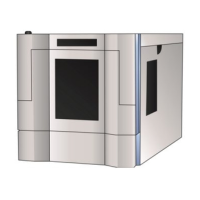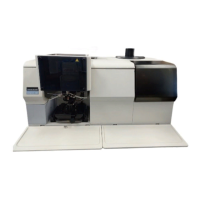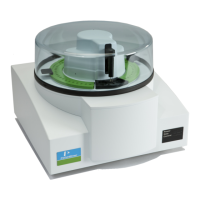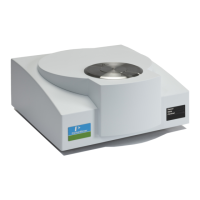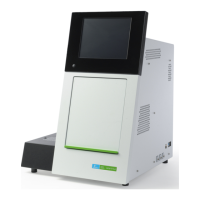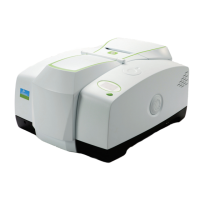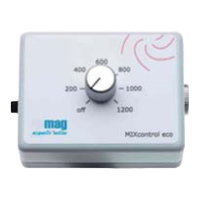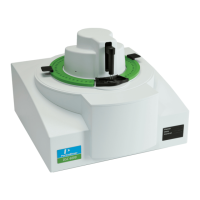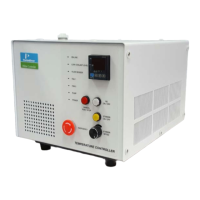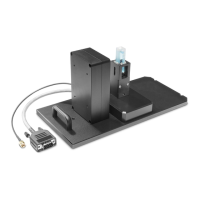ASSAYS
PerkinElmer Life and Analytical Sciences 89
Coincidence Time
Specify the length of time (10-200 nanoseconds) that both PMTs must detect
scintillation events. If scintillation events occur “in coincidence (both events must
occur within the specified coincidence time), these events are considered to be
true decay events from the sample. If these events do not occur in coincidence,
they are considered random (background) and are not counted.
Note: When using solid scintillators, the coincidence time may
need to be extended. The optimal setting must be determined
empirically.
Delay Before Burst
Specify the length of time (75-800 nanoseconds) after the initial pulse (prompt
pulse) that the detector looks for additional pulses (afterpulses). Afterpulses,
which occur after the prompt pulse and delay time interval, indicate that a
scintillation event is due to background. Some scintillators (e.g. PerkinElmer
Ultima Gold) produce slower decaying pulses which may require longer delay
times. When using these scintillators, it is advisable to lengthen the delay time to
retain high counting efficiencies. This is especially important when counting high
energy beta-emitting nuclides. The default setting for this parameter is 75.
Note: This parameter is only accessible with high sensitivity and
low level count modes.
Apply Half-life Correction
Mark this box to activate half-life correction. This feature is typically used when
working with short half-life nuclides. The instrument corrects the sample counts
for half-life decay of the nuclide(s) being counted. The Reference Date and Time
are used to make the decay calculation. The default settings for the Reference
Date and Time correspond to the start of an assay.
Note: In Quench Standards assays, activate this feature only if the
DPM value entered into the Quench Standards Library for the
nuclide has not been corrected for decay. If the DPM value entered
in the library for the standards has been corrected for decay, the
half-life correction feature should not be activated.

